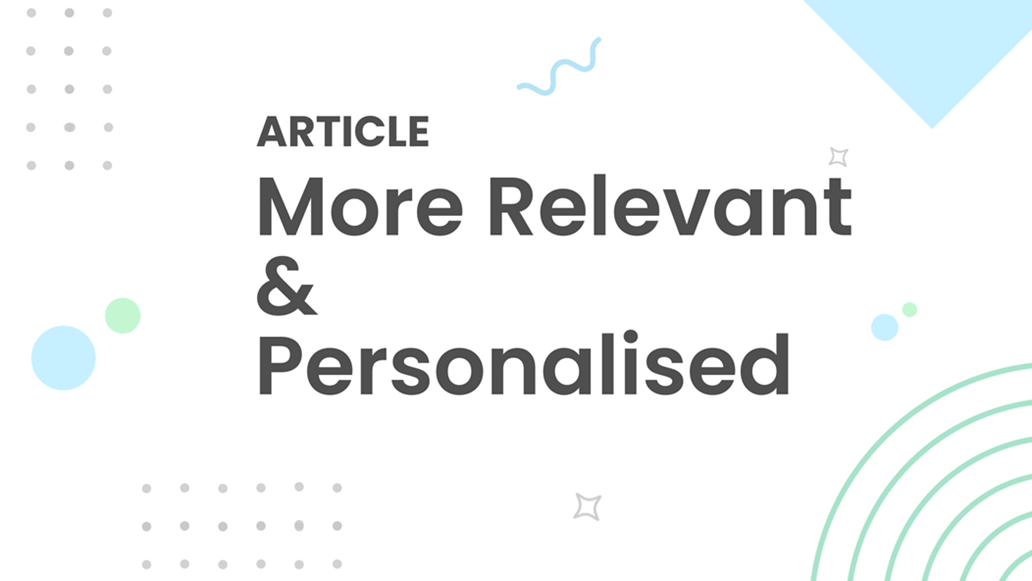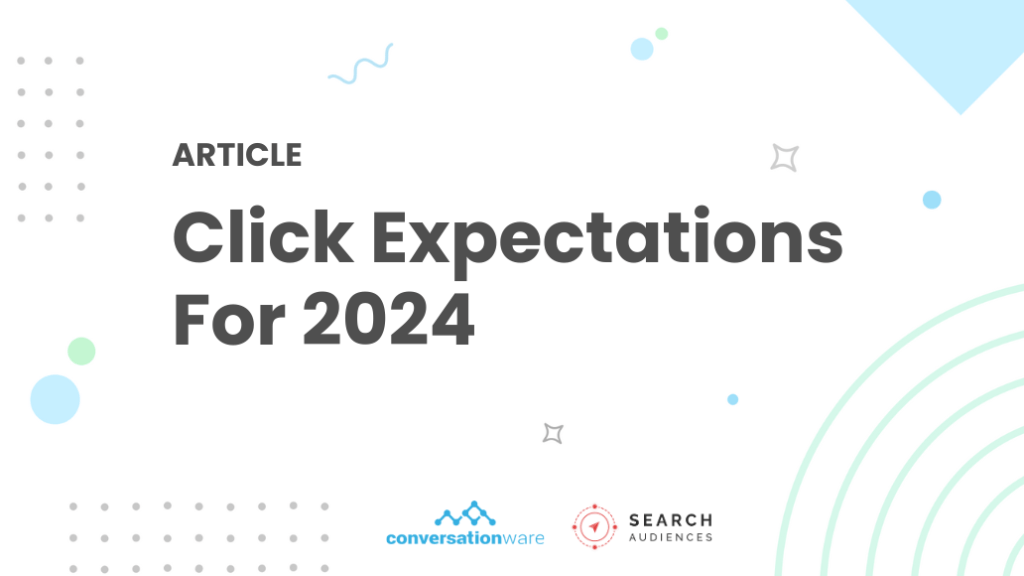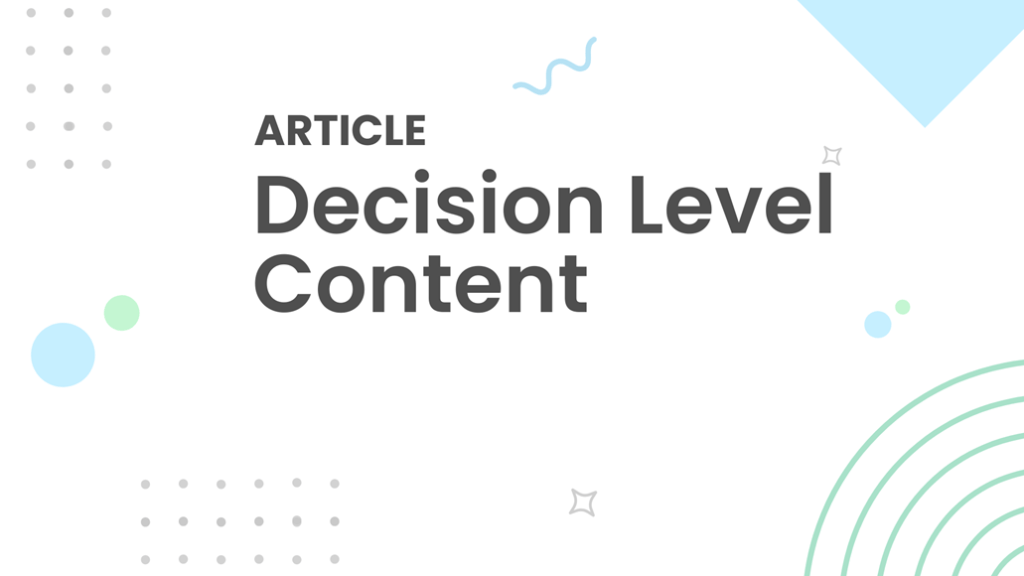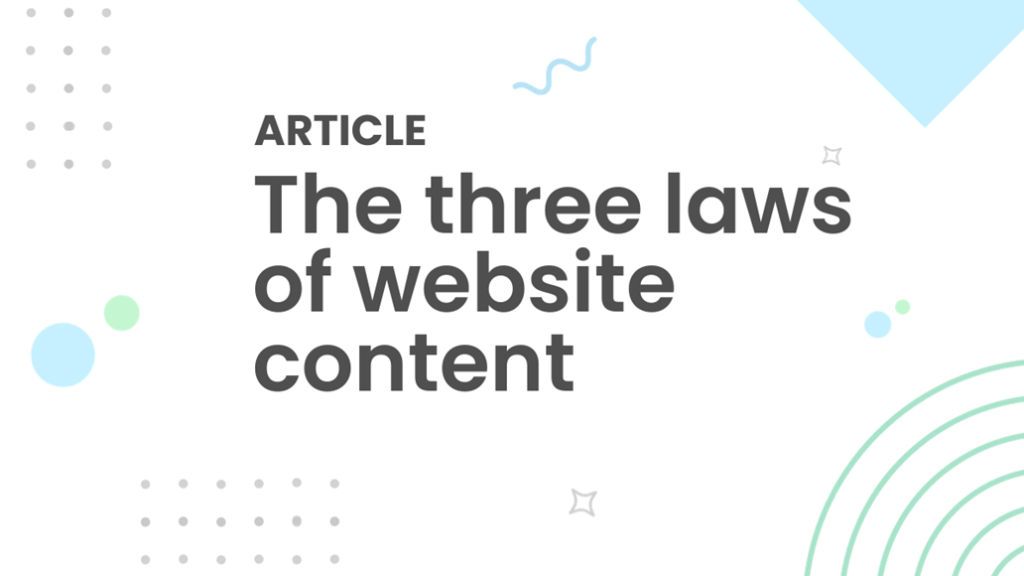
Simple Search Principles for 2024
Happy New Year.
It’s a bit brighter outside. The economic shocks seem to have gone through; inflation is down in the States, and growth is returning. Let’s hope we can follow their lead in the UK.
Our plan for the coming months
- Fix what Google broke by making life more relevant for website visitors.
- We can achieve this through levels of content structure and a process, we outline below
- Better communicate to clients what their visitors are looking for and how to maximise intent.
More content is the moat to build and secure a competitive advantage, but only if it serves visitors.
Search can be the most valuable of marketing channels because everyone who clicks is already interested. But we now receive all levels of interest. The click profile is now more general, ambiguous, and less defined than before (more like SEO). We can’t rely on individual clicks as much as we used to.
It doesn’t mean those clicks aren’t still there, but extracting value has changed forever, and we might as well get used to that and do something about it.
More relevance and personalisation
It feels like the only way to counter hyper-competition and ubiquity is to be more specific and timely in meeting our audiences’ interests. We qualify visitors and serve them more purposefully.
Random blogs won’t cut it for new search visitors; save those for your existing community!
To de-fluff the click, we uncover the visitor intent and structure our content around them. It’s an obvious response; it gets results, but it is a new way of thinking for many.
Achieving profitability is to serve all the relevant clicks, not just the obvious short-term ones. Unpacking the hidden long-term value allows us to reinvest at higher rates of return.
For most websites, 90% of all visitors originate in search engines.
Content that serves them better is worth doing
I hope we can help you better connect with ‘visitors’ by mapping out who they are and what they want.
Making this whole ‘seo’ mumbo jumbo more visible to marketing is what we hope to achieve.
Top Five Relevance Factors
Each of these principles makes a website visitor’s experience more relevant to what they were looking for. And therefore, we hope more likely to start a conversation.
Honing in on these ‘relevance’ principles has been rewarding, and once you start, it becomes an obvious next step.
1. Match the Search
This is where we started; the visitor is delighted when we match the search with a page—for every search, not just a few. It’s a pretty courteous way to do things. If the headline matches the search, instantly, they feel seen.
Anticipating visitor needs now extends beyond the single search / landing page. That approach won’t work on its own for much longer; anyone can do that, and they will do it quicker with modern content tools. Serving the whole audience is the next frontier, and we have worked hard on a framework that helps us understand those audiences.
Very few people understand who is on their website and what they want.
We’ll start with what an audience looks like.
2. Topic Focus
How do you define an audience? I would say it is a group of people with a common interest.
The topic is the subject they were looking for, the focus of their attention, it is the primary unit of interest. When we organise website content around the topic – a topic hub – we get more buy-in and fewer people bounce. They are automatically interested in more adjacent content.
But not every word is a topic. The topic word is just one of 16 types of words we see in search phrases. We will help people spot those topic words and build more cohesive content around them. Incidentally, this is also how we fix campaign structure as well as website structure.
How we do that is always a work in progress! There is no software.
3. Topic has a Timeline
We all follow a well-worn path in buying and decision-making, whatever the product, service, solution or problem. It is a human condition. People call it the funnel or AIDA, but I prefer to call it a buyers’ decision journey because that better indicates what they are trying to do.
Making decisions is how they take action, it’s what people want to do.
Focus on the decisions visitors are trying to make. The underlying structure and timeline of sales and marketing conversations exist in real life. We see it digitally in search words and can mirror it in our content.
When content structure matches that buying process, we achieve greater relevance. It’s not straightforward. But it gets you thinking deeply about how you appeal to different people and their interests, and that’s a very good thing.
4. Niche Audiences
Different types of words in search tell us aspects of ‘who people are’. Locations, Industries, Roles, Demographics.
Paying more attention to these words always works to help our visitors see themselves on the website and in the copy. It can have a major impact and add to the sense of personalisation and higher relevance for the visitor. In many cases, the visitor profile will be just as, or more important than, the topic in the search. We can double the results.
Niches are where the power of messaging comes into its own.
We now have two organising principles for the website: topic hubs and audience hubs. Our challenge is to serve visitors and make it obvious which is particularly interesting on a mobile device!
5. Ambiguous click handling
Most searches are highly ambiguous, especially those on the home page. The more diverse the audience, the more generic and bland the messaging can become. On the other hand, being too specific with one group risks alienating others. Ideal Client Profiles can kill website performance.
The home page is not the ideal landing page, but it’s where the most ambiguous clicks end up.
Navigation is our unsung hero.
Unless people are in the right place, they won’t convert. We can get them there by asking visitors what they want.
Once they are there, our messaging becomes more powerful and personalised. We are more specific with our answers to their questions. Navigation is how we enhance relevance and personalisation.
The upper layers of a website have to be navigational, and more graphical. But the topic layers are the other way around, we want to serve our most interested and short-term buyers first.
Process
This is all pointless without a system to help us decide what to do next. So that’s what we are building.
As with all simple things, it takes a while to make them that way.
We have been working with a framework expert to try to capture these ideas and map out the actions so we can ‘do the next thing’ without thinking too hard. Completing this Search Intent model is where most of our work will be in the next 12 months. We’ll need the practice, starting with our clients’ website audiences.
We call it ‘mapping’ the search DNA. We look forward to sharing it with you over the coming weeks.







